Home>Home Appliances>Bathroom Appliances>How Much Electricity Does A Hair Dryer Use
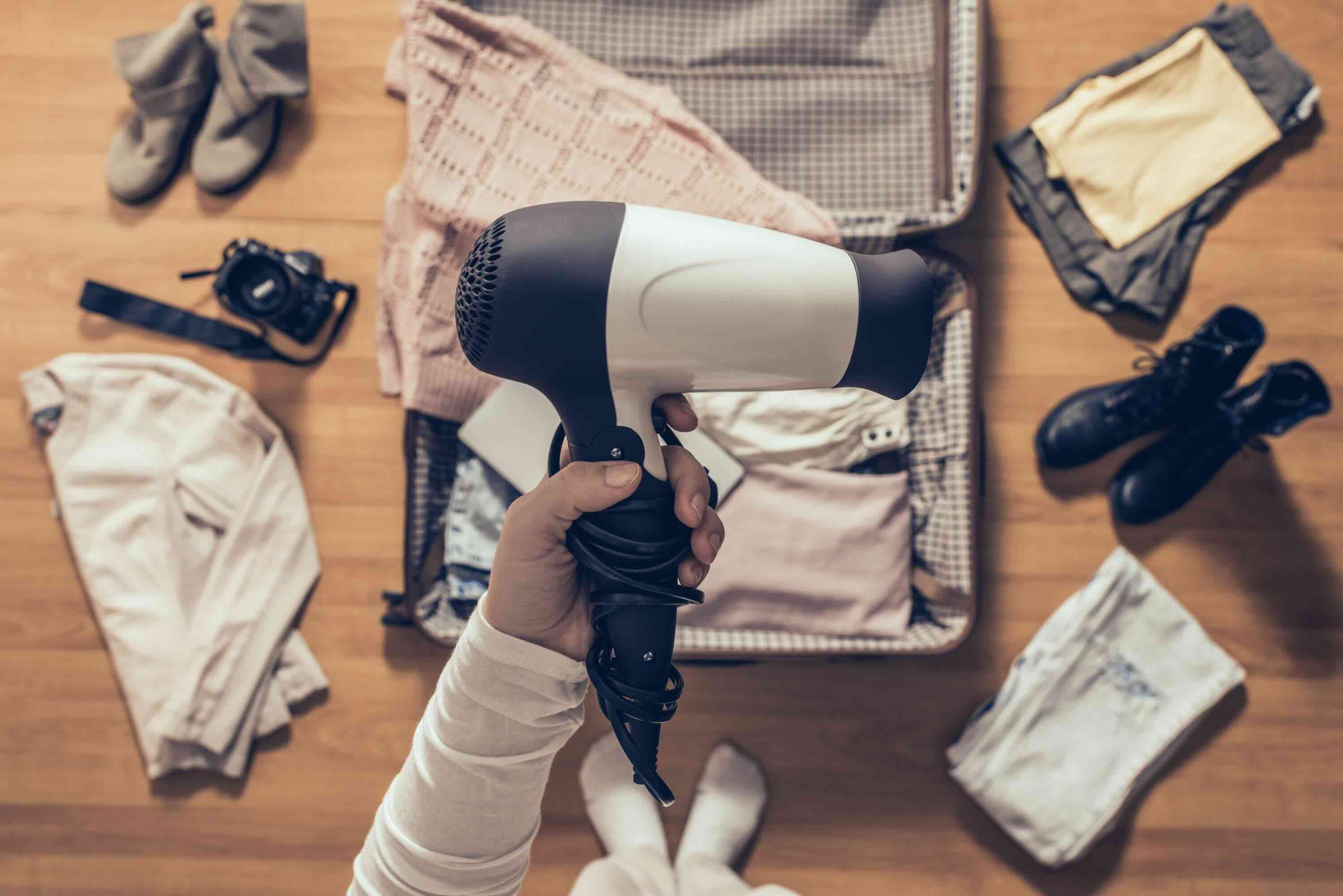

Bathroom Appliances
How Much Electricity Does A Hair Dryer Use
Modified: April 22, 2024
Discover the energy consumption of bathroom appliances like hair dryers and learn how to save electricity with our comprehensive guide. Find out how much electricity your hair dryer really uses!
(Many of the links in this article redirect to a specific reviewed product. Your purchase of these products through affiliate links helps to generate commission for Storables.com, at no extra cost. Learn more)
Introduction
Welcome to the fascinating world of hair dryers, where style meets functionality, and a burst of warm air can transform your locks in moments. As much as we adore the convenience and efficiency of these handy devices, have you ever wondered about the electricity they consume? If you've ever pondered, "How much electricity does a hair dryer use?" you're in the right place. In this article, we'll delve into the intricacies of hair dryer power consumption, providing you with a comprehensive understanding of their electricity usage and tips for optimizing their efficiency.
While hair dryers are a staple in most bathrooms, their impact on your electricity bill might surprise you. Understanding the power rating and electricity usage of hair dryers is essential for making informed decisions about their usage and identifying opportunities to minimize energy consumption. So, let's embark on a journey to unravel the mysteries of hair dryer electricity usage and discover practical strategies for maximizing their efficiency. Whether you're a professional stylist, a beauty enthusiast, or someone who simply values a quick blow-dry, this article will equip you with valuable insights into the electricity usage of hair dryers. Let's dive in!
Key Takeaways:
- Hair dryers with higher wattage consume more electricity. Consider lower wattage for gentle drying. Clean and maintain to optimize performance and minimize energy usage.
- To reduce electricity usage, opt for energy-efficient models, lower heat settings, and air drying. Strategic usage and maintenance contribute to sustainable energy management.
Understanding the Power Rating of Hair Dryers
Before delving into the electricity usage of hair dryers, it's crucial to comprehend their power rating. The power rating of a hair dryer is typically indicated in watts and is a key determinant of its energy consumption. When you glance at the packaging or specifications of a hair dryer, you'll likely encounter a number followed by "W", signifying the wattage. This figure represents the rate at which the hair dryer consumes electrical energy and influences its performance.
The power rating of hair dryers can vary significantly, ranging from approximately 800 watts to 2000 watts for standard models. Professional or salon-grade hair dryers may boast even higher wattages, catering to the demands of frequent and intensive usage. The wattage directly correlates to the heat and airflow output of the hair dryer, impacting its drying efficiency and speed. Higher wattage hair dryers tend to generate more heat and airflow, expediting the drying process, particularly for individuals with thick or long hair.
When selecting a hair dryer, understanding its power rating is pivotal in aligning its capabilities with your styling needs. If you prioritize swift drying and styling, a higher wattage hair dryer may be advantageous. However, for individuals with finer hair or those seeking a more gentle drying experience, a lower wattage hair dryer could suffice.
Moreover, the power rating of a hair dryer influences its electricity consumption. Hair dryers with higher wattages generally consume more electricity per minute of operation compared to their lower wattage counterparts. This correlation between wattage and electricity usage underscores the significance of comprehending the power rating when evaluating the energy efficiency of hair dryers.
By grasping the power rating of hair dryers, you gain insight into their energy requirements and can make informed decisions regarding their usage. In the subsequent sections, we'll explore how to calculate the electricity usage of a hair dryer and identify factors that influence its electricity consumption, empowering you to manage its energy utilization effectively.
Calculating the Electricity Usage of a Hair Dryer
Understanding the electricity usage of a hair dryer involves a straightforward calculation that considers its power rating and the duration of operation. The wattage of the hair dryer, denoted in watts, serves as the foundation for estimating its electricity consumption. To calculate the electricity usage, you can utilize the following formula:
Electricity Usage (in kilowatt-hours) = (Power Rating in Watts ÷ 1000) x Time (in hours)
Let’s consider an example to illustrate this calculation. Suppose you have a hair dryer with a power rating of 1500 watts, and you use it for 15 minutes (0.25 hours) daily. Applying the formula, the electricity usage can be computed as follows:
Electricity Usage = (1500 watts ÷ 1000) x 0.25 hours = 1.5 kilowatt-hours per day
By performing this calculation, you can gauge the daily electricity consumption of the hair dryer. This insight enables you to assess its impact on your overall energy usage and make informed adjustments based on your preferences and energy conservation goals.
Moreover, understanding the electricity usage of your hair dryer facilitates the evaluation of its contribution to your monthly or annual electricity expenses. By multiplying the daily electricity usage by the number of days in a month or year, you can derive an estimate of the hair dryer’s electricity consumption over extended periods.
It’s important to note that the calculated electricity usage provides a clear indication of the energy consumed by the hair dryer during operation. This awareness empowers you to manage its usage effectively, whether it involves optimizing the drying duration, exploring energy-efficient settings, or adopting conscious usage habits to minimize its electricity consumption.
By mastering the calculation of electricity usage for your hair dryer, you gain valuable insights into its energy impact, enabling you to make informed decisions regarding its usage and contribute to sustainable energy management in your daily routine.
To save electricity, use a low-wattage hair dryer and avoid using the high heat setting for long periods. Also, try to air dry your hair whenever possible.
Factors Affecting the Electricity Consumption of Hair Dryers
The electricity consumption of hair dryers is influenced by various factors that can impact their energy efficiency and overall power usage. Understanding these factors is instrumental in managing the electricity consumption of hair dryers effectively. Let’s explore the key elements that contribute to the energy utilization of hair dryers:
- Power Rating: The wattage of a hair dryer serves as a fundamental factor affecting its electricity consumption. Hair dryers with higher power ratings typically consume more electricity during operation compared to those with lower wattages. When selecting a hair dryer, considering its power rating is essential for evaluating its energy efficiency and aligning it with your styling requirements.
- Usage Duration: The duration for which a hair dryer is utilized directly impacts its electricity consumption. Longer operating times result in increased energy usage. By optimizing the drying duration and adopting efficient hair drying techniques, you can minimize the electricity consumed by the hair dryer without compromising on styling outcomes.
- Energy-Efficient Settings: Some hair dryers feature energy-efficient settings, such as variable heat and speed options, which can contribute to reduced electricity consumption. Utilizing these settings judiciously allows for tailored drying experiences while conserving energy. Additionally, hair dryers equipped with advanced technologies, such as ceramic heating elements, may offer enhanced energy efficiency compared to conventional models.
- Maintenance and Cleanliness: The maintenance of a hair dryer, including regular cleaning and upkeep, can influence its energy consumption. Accumulated dust and debris within the dryer can impede airflow, leading to prolonged drying times and increased electricity usage. By keeping the hair dryer clean and well-maintained, you can optimize its performance and minimize unnecessary energy expenditure.
- Environmental Conditions: Environmental factors, such as ambient temperature and humidity, can impact the efficiency of hair dryers. In colder environments, hair dryers may require additional time and energy to achieve desired drying results, potentially elevating their electricity consumption. Awareness of these environmental influences enables users to adapt their hair drying practices accordingly, promoting energy conservation.
By recognizing the factors that affect the electricity consumption of hair dryers, individuals can implement informed strategies to optimize their energy efficiency and minimize their environmental footprint. Proactive measures, such as selecting energy-efficient models, practicing mindful usage habits, and leveraging advanced features, empower users to strike a balance between effective hair styling and sustainable energy management.
Tips for Reducing Electricity Usage of Hair Dryers
Efficiently managing the electricity usage of hair dryers entails adopting practical strategies that prioritize energy conservation without compromising on styling outcomes. By incorporating the following tips into your hair drying routine, you can minimize electricity consumption while maintaining a seamless styling experience:
- Opt for Energy-Efficient Models: When selecting a hair dryer, consider models with energy-efficient features and technologies. Look for hair dryers equipped with ceramic heating elements, infrared heat, or ionic technology, as these innovations promote energy efficiency and reduce drying times, ultimately lowering electricity usage.
- Utilize Lower Heat and Speed Settings: Experiment with lower heat and speed settings on your hair dryer to achieve the desired results while conserving energy. Moderate heat and airflow can effectively dry hair without excessive energy consumption, especially for individuals with hair that is more easily manageable.
- Minimize Usage Duration: Aim to reduce the duration of hair dryer usage by optimizing drying techniques and prepping hair effectively. Towel-drying hair gently before using the hair dryer can expedite the drying process, potentially reducing the overall time the hair dryer is in operation and conserving electricity.
- Keep the Dryer Clean and Well-Maintained: Regularly clean the air vents and filters of the hair dryer to ensure unobstructed airflow. A well-maintained hair dryer operates more efficiently, minimizing energy wastage and contributing to reduced electricity consumption during use.
- Embrace Air Drying When Feasible: Whenever possible, allow your hair to air dry naturally instead of relying solely on the hair dryer. Embracing air drying, particularly for less time-sensitive occasions, can significantly decrease the frequency of hair dryer usage, conserving electricity and promoting a more sustainable approach to hair care.
- Consider Dual-Purpose Hair Dryers: Explore hair dryers that offer dual functionality, such as combining hair drying with styling capabilities. Multi-functional hair tools can streamline your styling routine, potentially reducing the reliance on multiple appliances and optimizing overall energy usage.
- Strategically Time Hair Drying Sessions: Capitalize on favorable environmental conditions, such as lower ambient humidity or warmer temperatures, to expedite the hair drying process. By strategically timing your hair drying sessions, you can harness natural elements to complement the hair dryer’s efforts, potentially reducing electricity consumption.
By integrating these tips into your hair care regimen, you can proactively reduce the electricity usage of hair dryers while embracing energy-efficient practices. These initiatives not only contribute to lower energy bills but also align with sustainable living principles, fostering a conscientious approach to personal grooming and environmental stewardship.
Read more: How Much Does A Hair Dryer Weigh
Conclusion
As we conclude our exploration of the electricity usage of hair dryers, it’s evident that these ubiquitous styling tools wield a tangible impact on energy consumption. By unraveling the complexities of hair dryer power ratings and electricity usage, we’ve gained valuable insights into managing their energy efficiency effectively.
Understanding the power rating of hair dryers serves as a cornerstone for evaluating their energy consumption and aligning their capabilities with individual styling needs. The wattage of a hair dryer, coupled with the duration of its operation, directly influences its electricity usage, necessitating informed decisions and conscious usage habits to optimize energy efficiency.
Moreover, factors such as energy-efficient settings, maintenance practices, and environmental considerations play pivotal roles in shaping the electricity consumption of hair dryers. By acknowledging these influences and implementing tailored strategies, individuals can proactively reduce energy usage while achieving their desired styling outcomes.
The tips for minimizing electricity usage of hair dryers offer actionable approaches to promote energy conservation without compromising on styling preferences. From embracing energy-efficient models to embracing air drying and strategic usage habits, these initiatives empower users to prioritize sustainable energy management in their hair care routines.
Ultimately, our journey into the realm of hair dryer electricity usage underscores the significance of informed decision-making and conscious consumption. By integrating energy-efficient practices and leveraging the insights garnered from our exploration, individuals can contribute to a more sustainable and eco-conscious approach to personal grooming, aligning with broader efforts toward energy conservation and environmental responsibility.
As we embrace these principles and apply them to our daily routines, we not only optimize the energy efficiency of our hair dryers but also cultivate a mindful and environmentally-responsible approach to personal care, fostering a harmonious balance between style, functionality, and sustainable living.
Frequently Asked Questions about How Much Electricity Does A Hair Dryer Use
Was this page helpful?
At Storables.com, we guarantee accurate and reliable information. Our content, validated by Expert Board Contributors, is crafted following stringent Editorial Policies. We're committed to providing you with well-researched, expert-backed insights for all your informational needs.
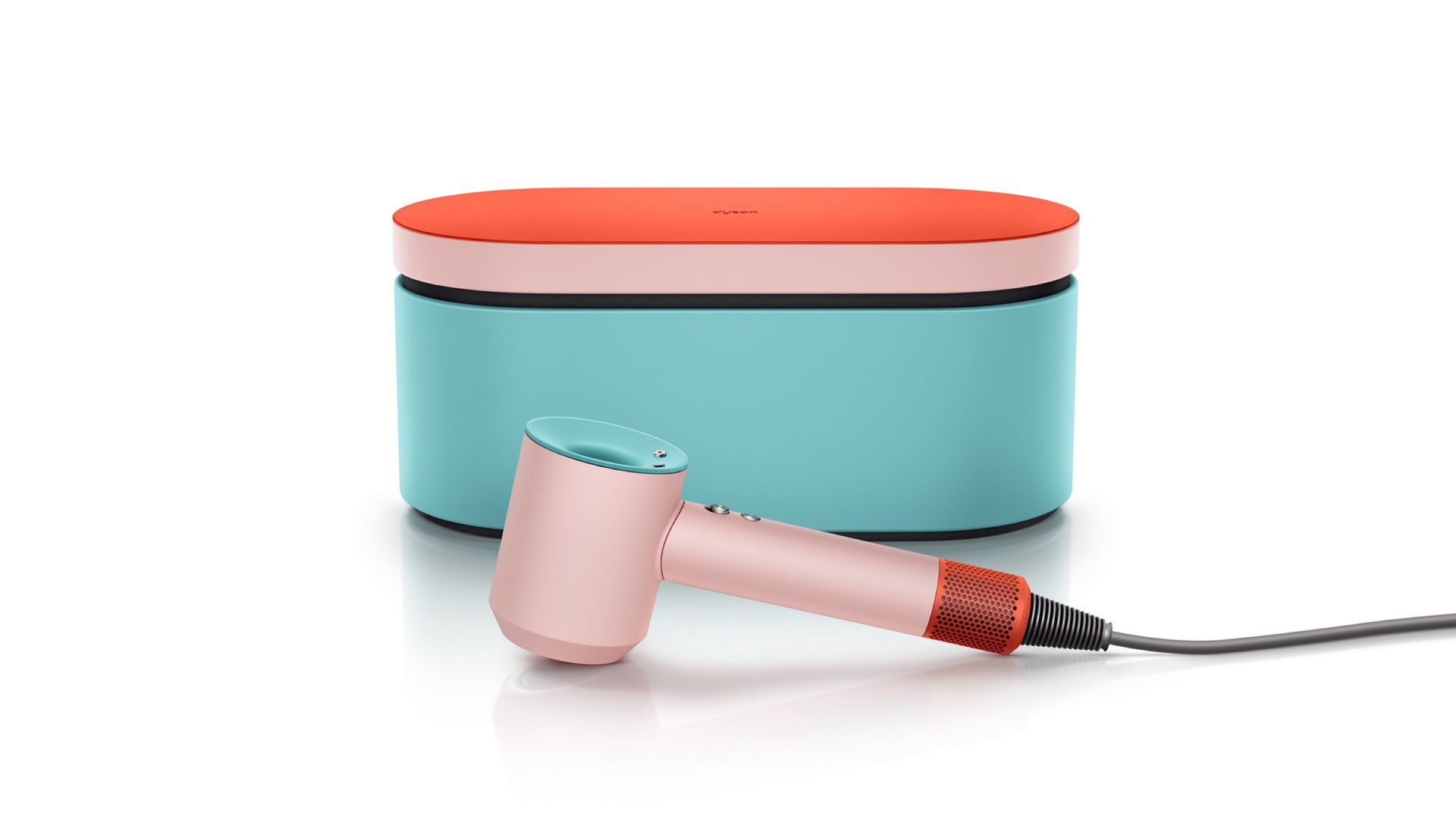
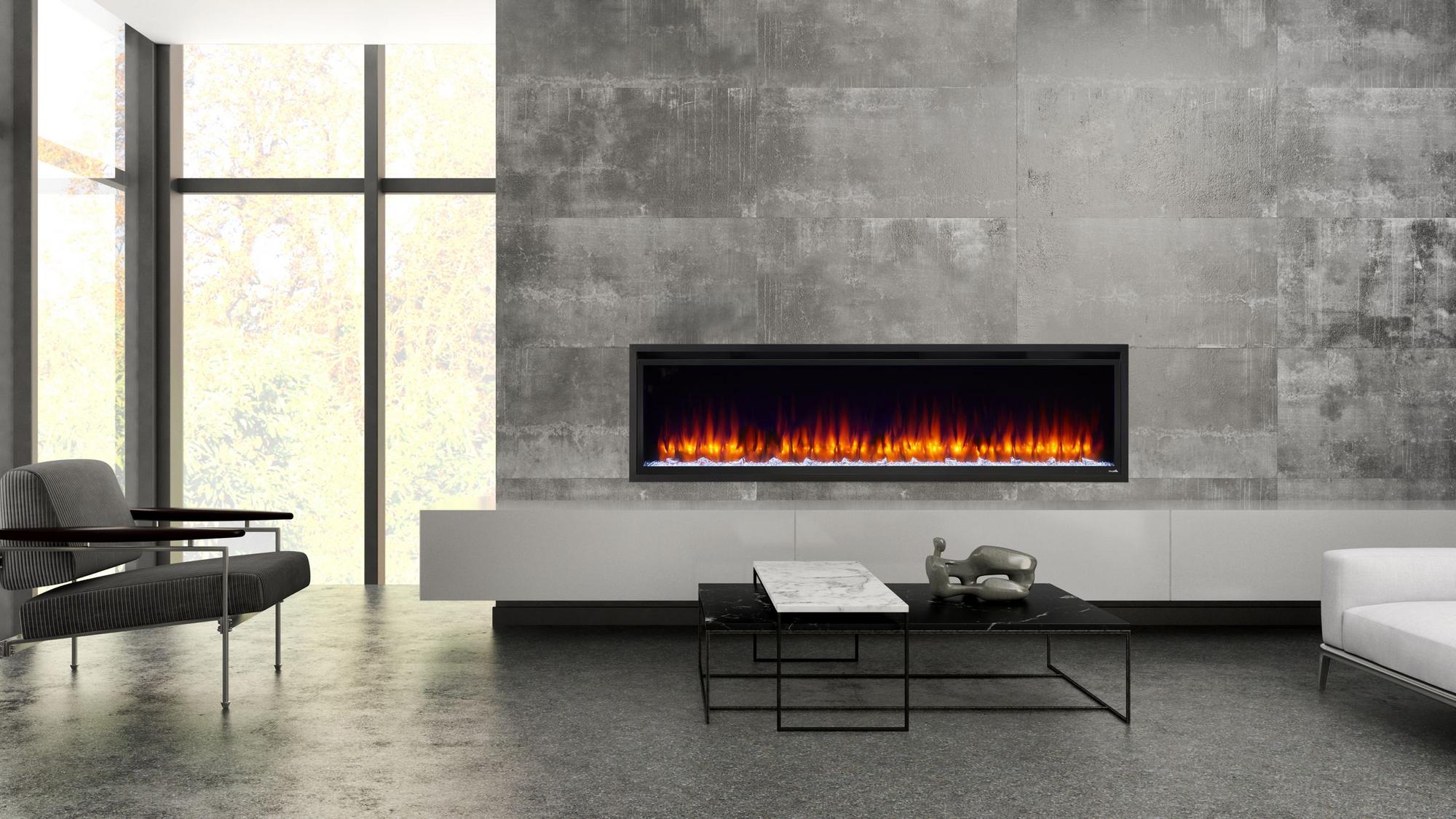
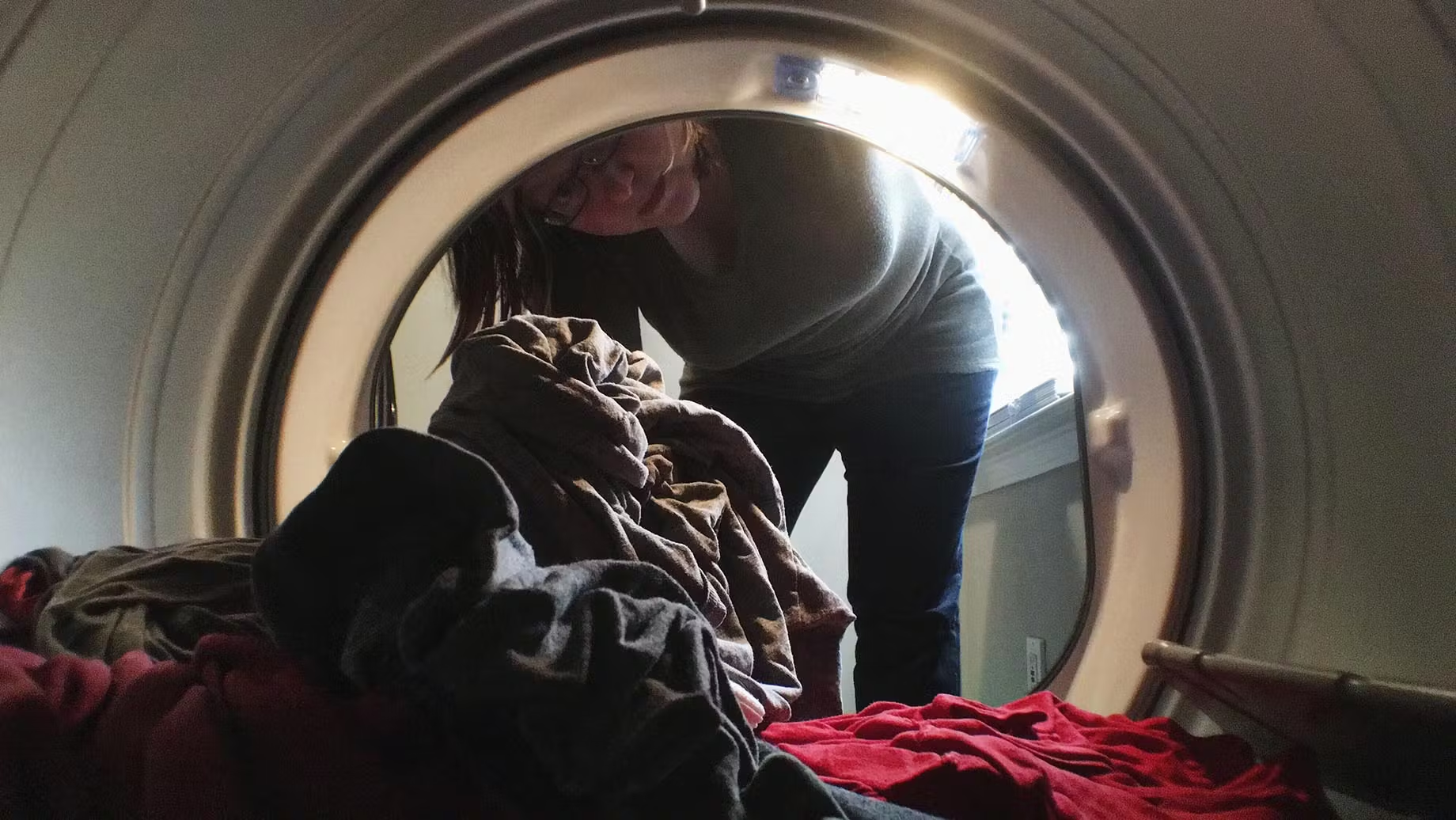
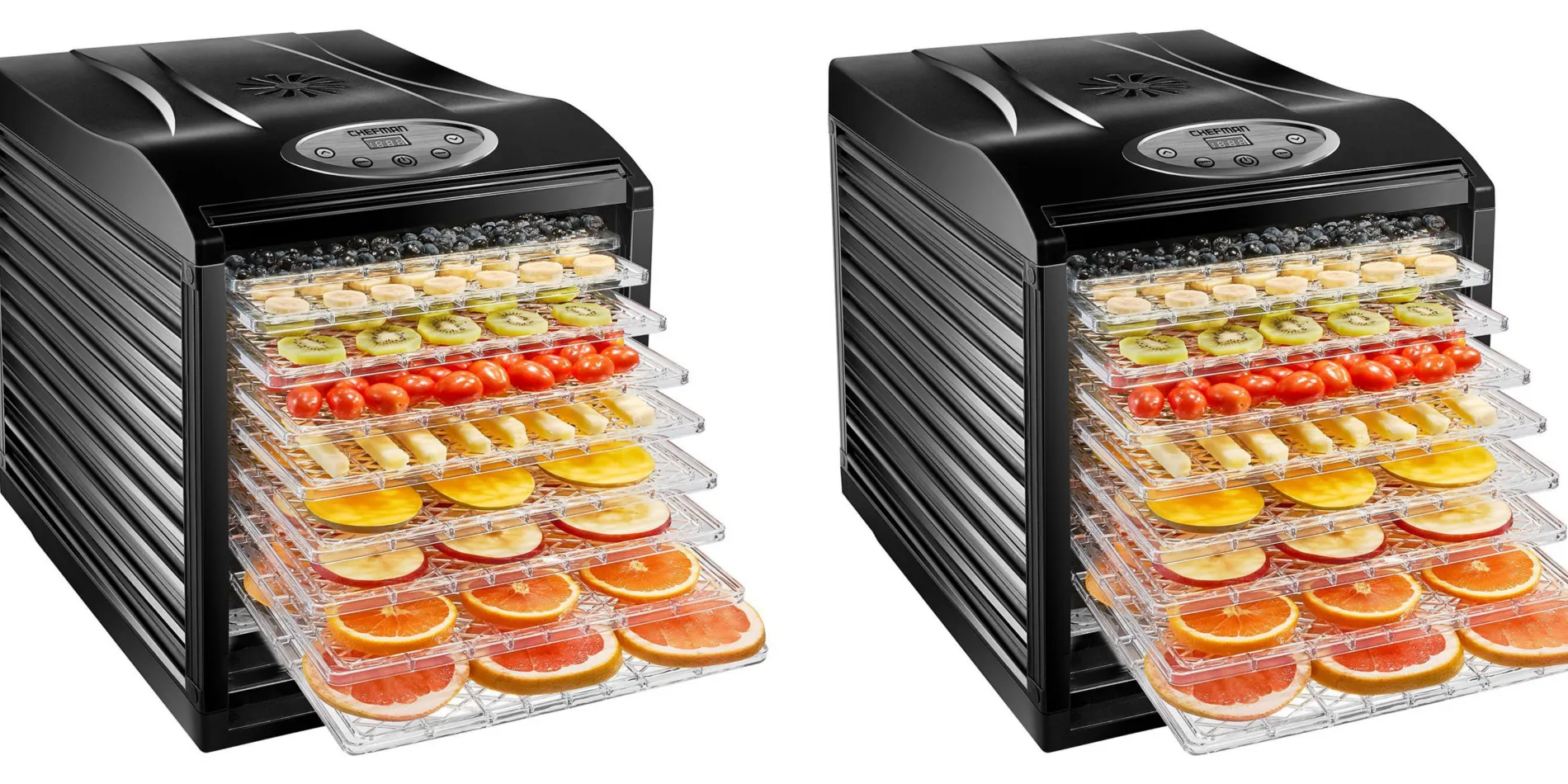
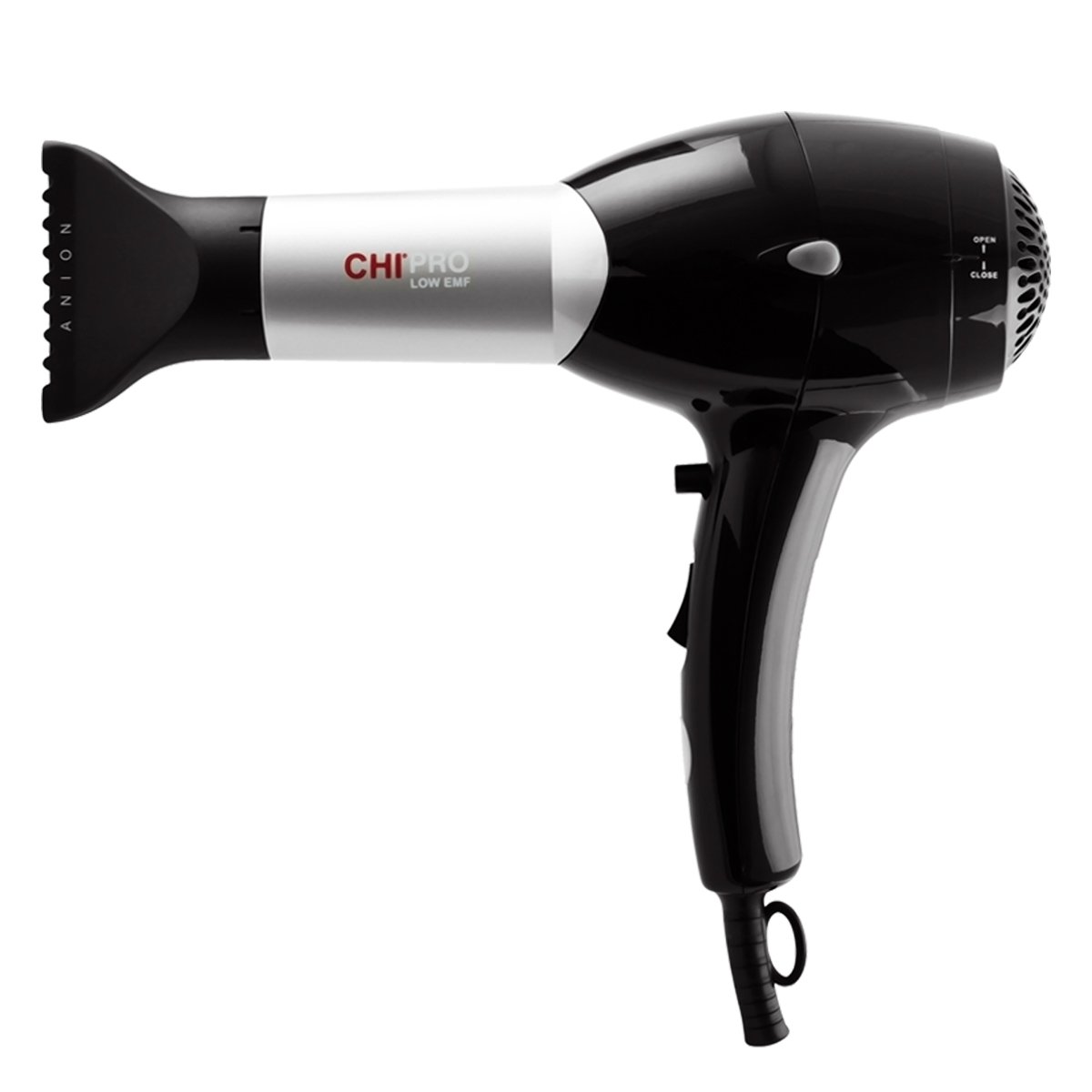
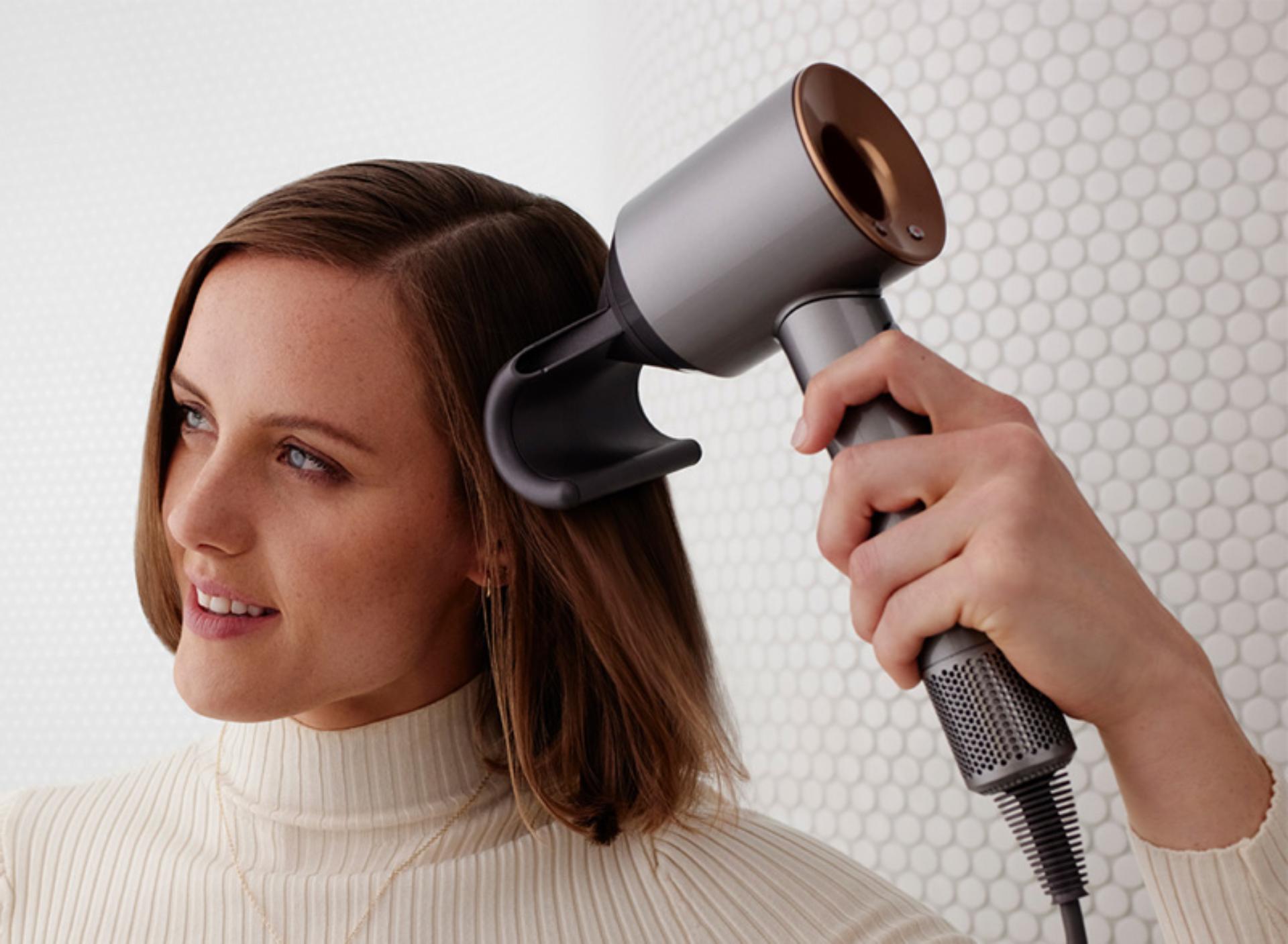
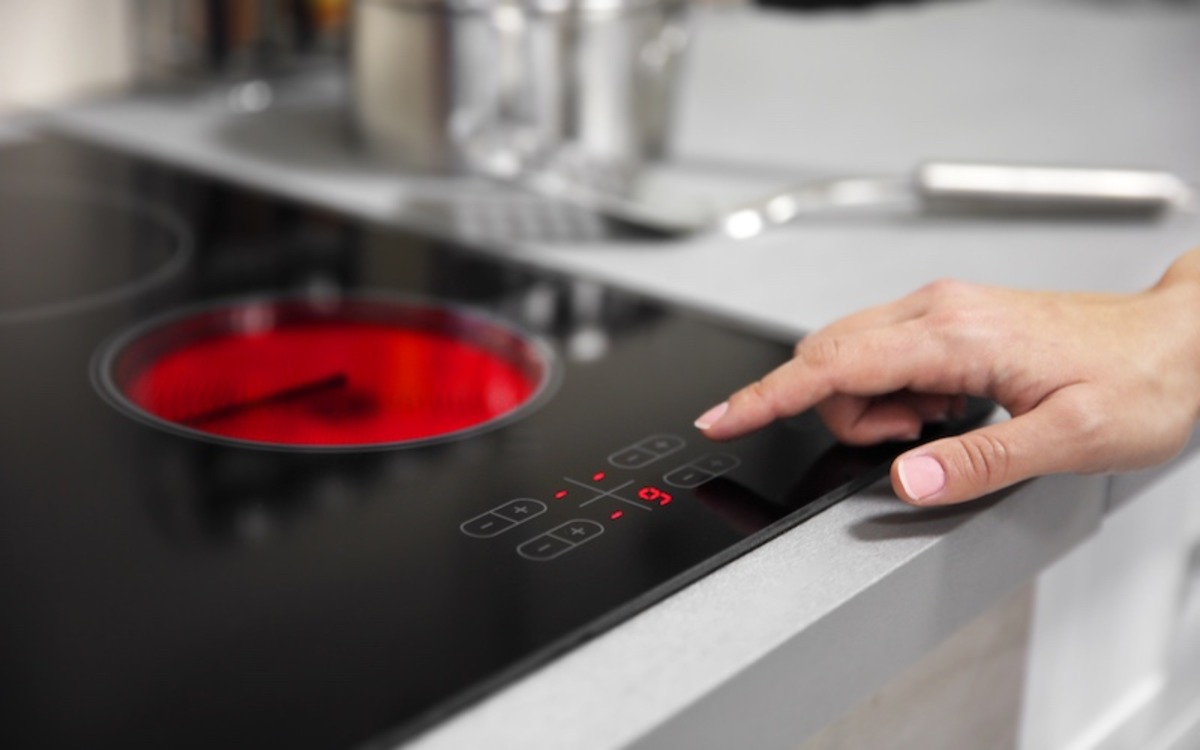
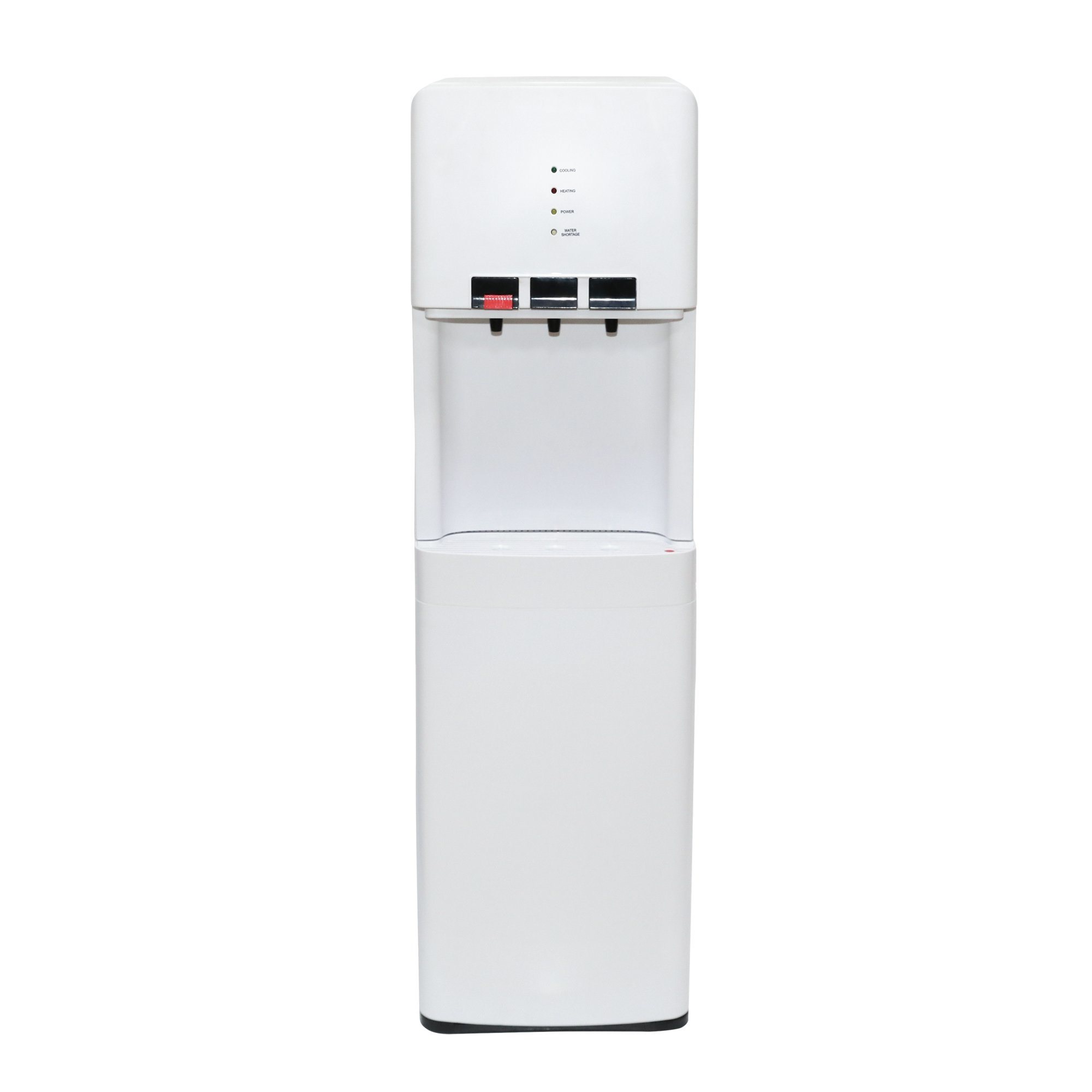
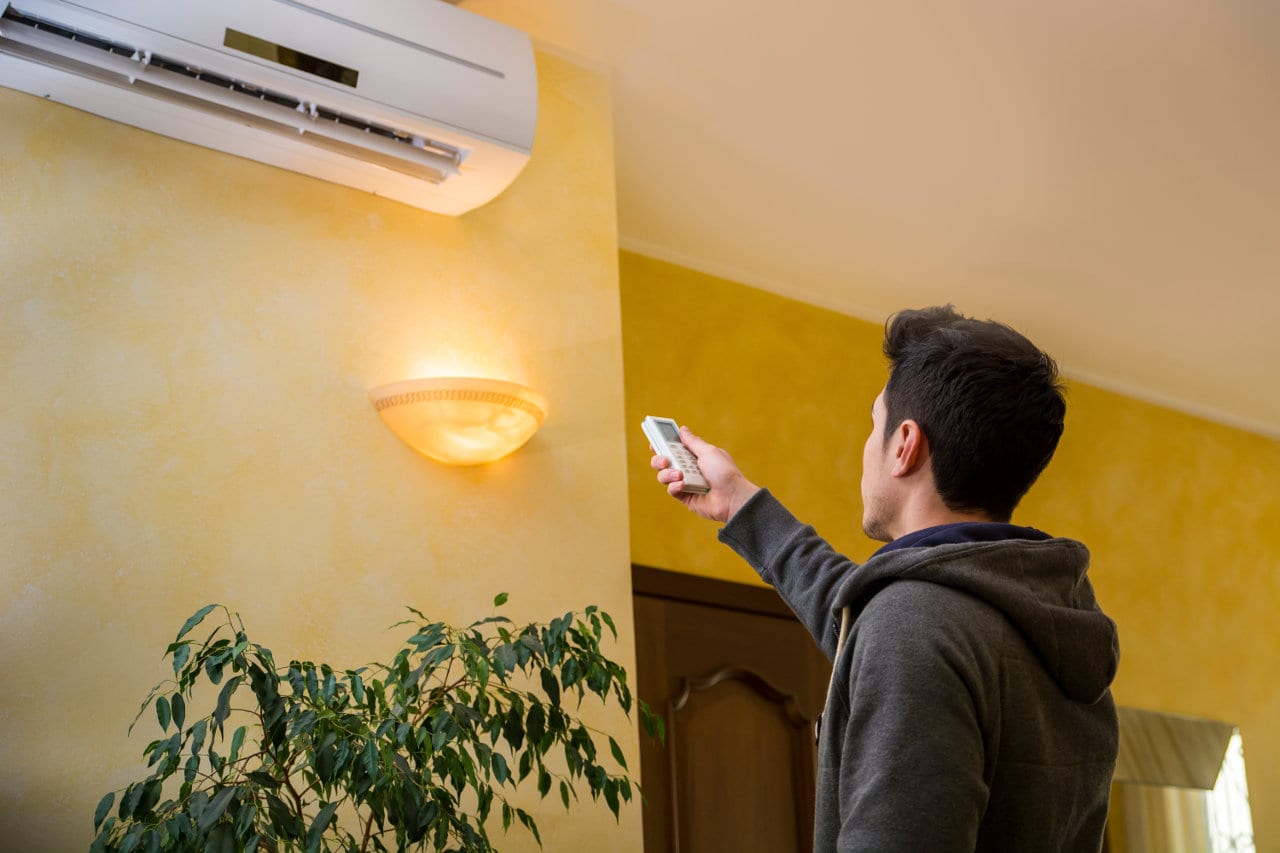
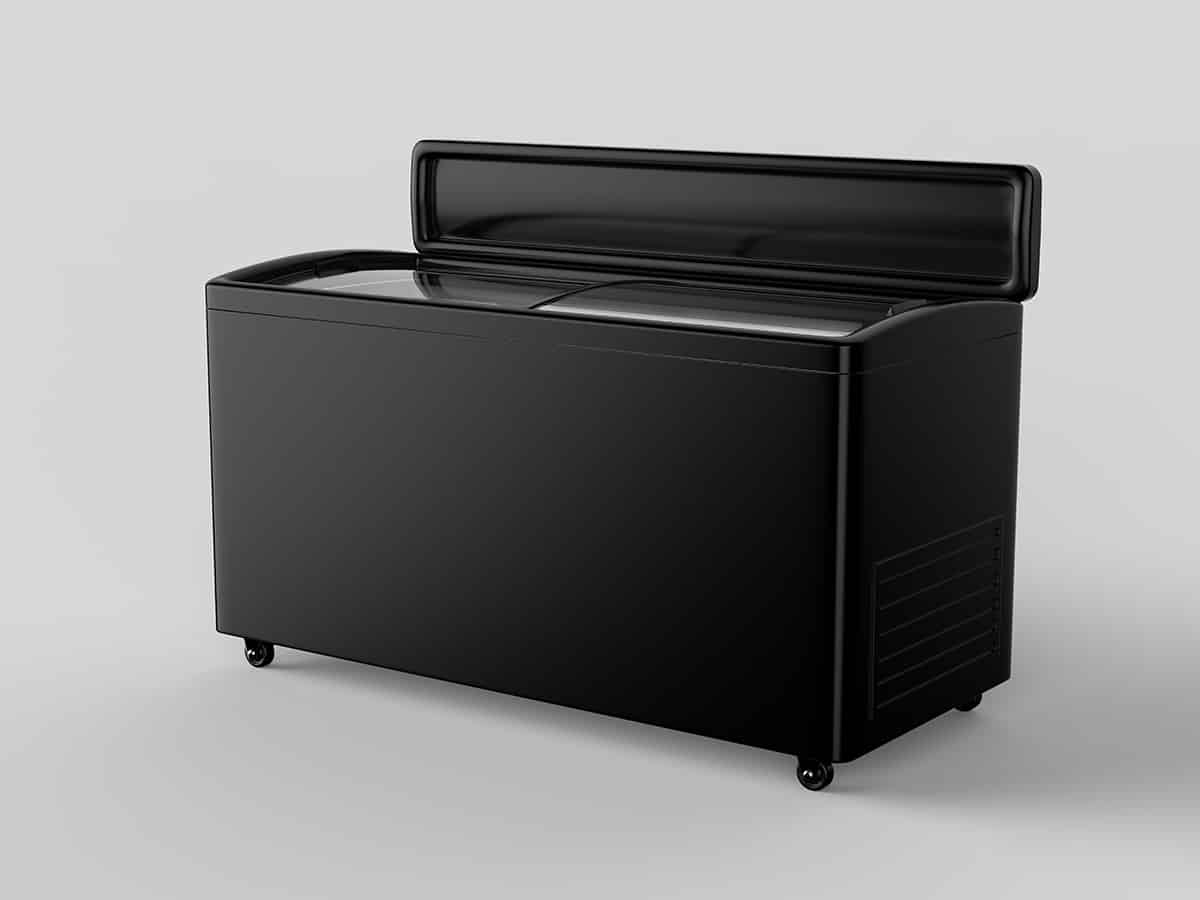
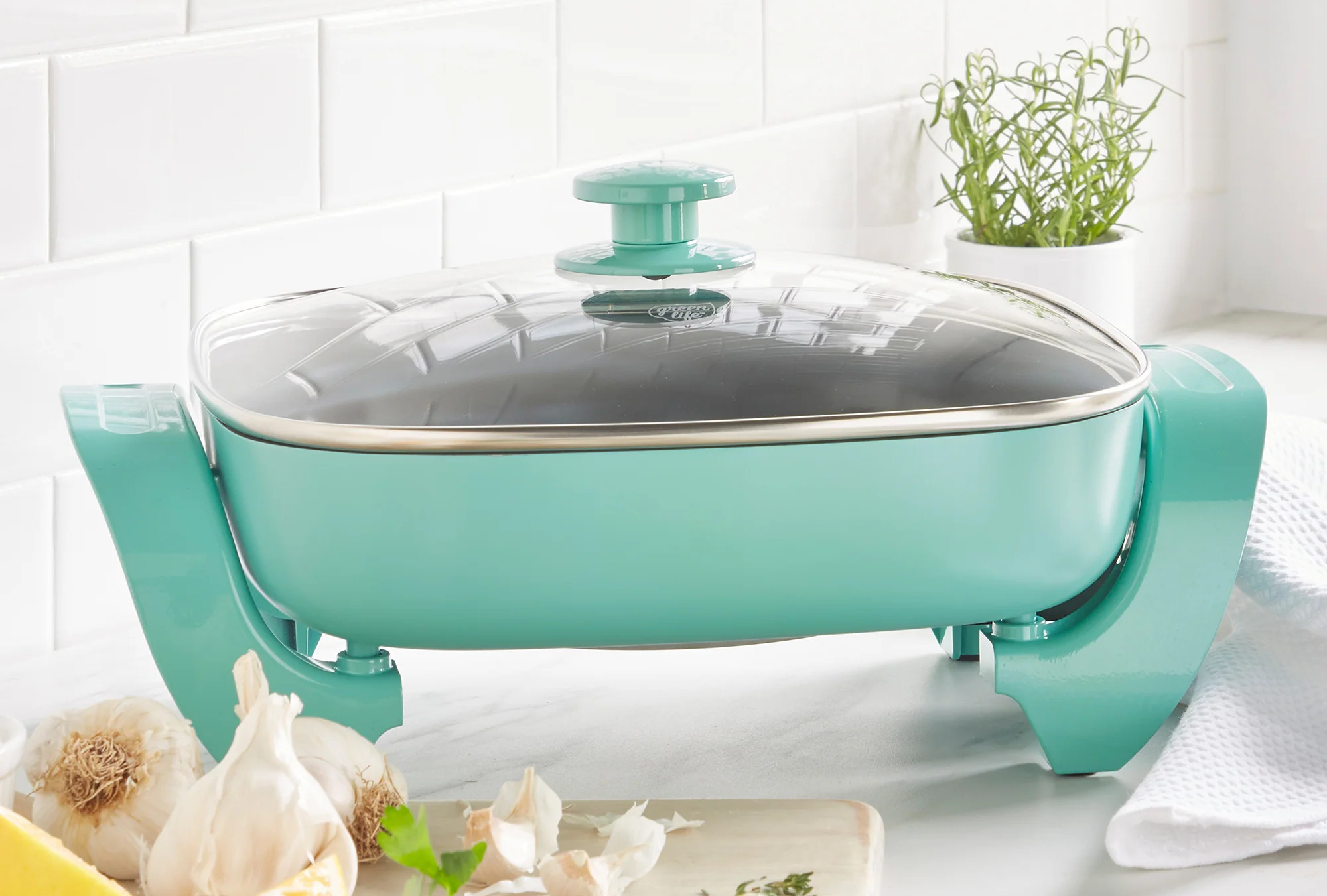
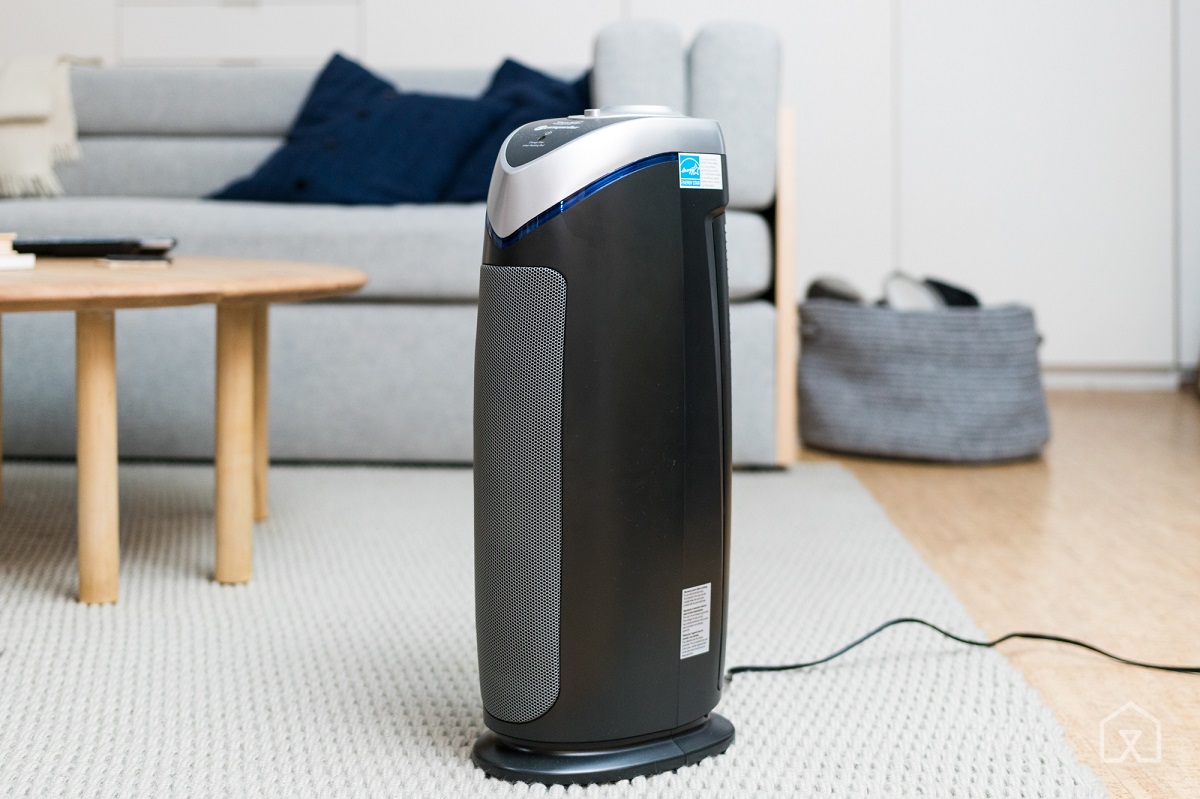
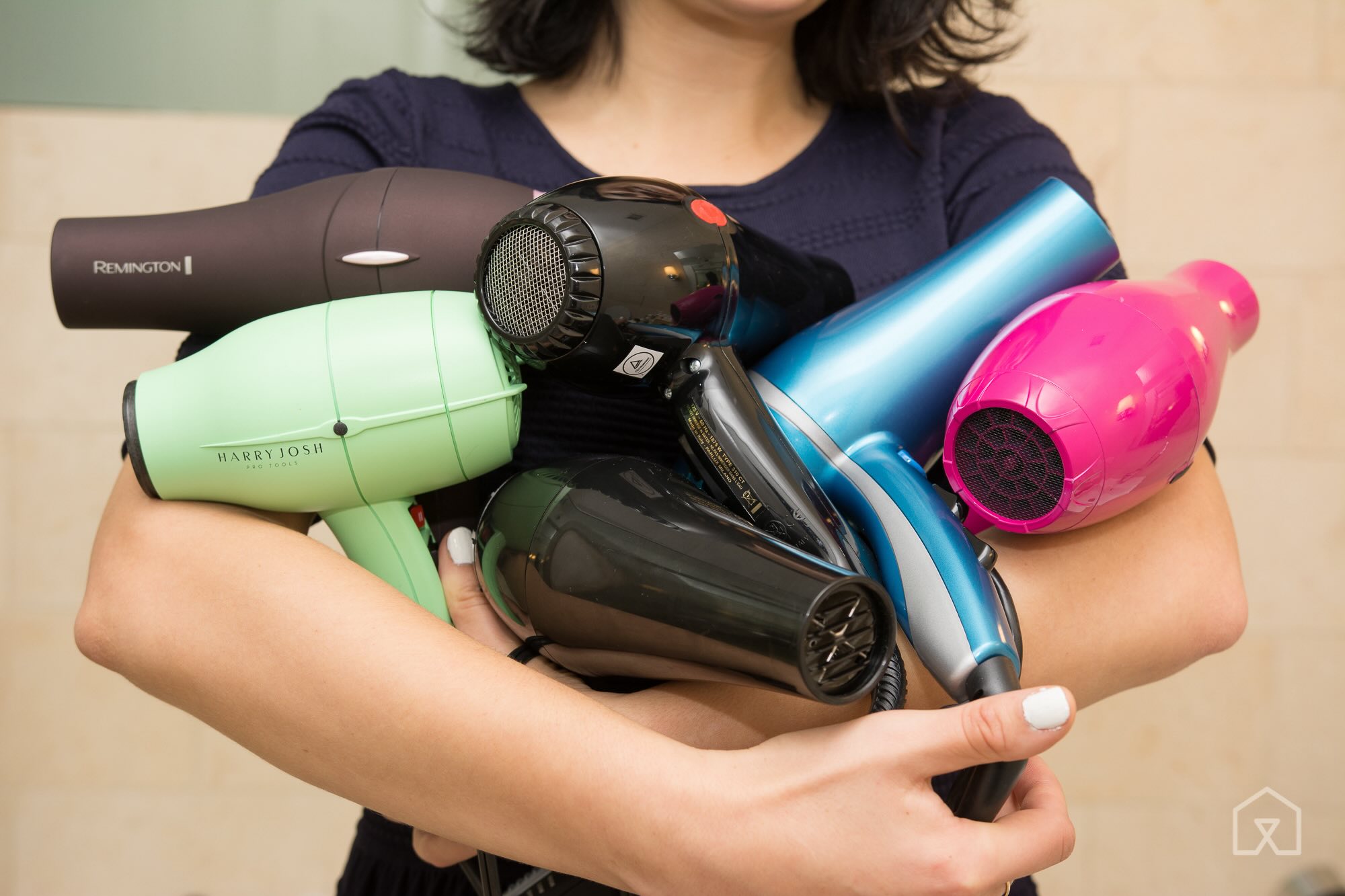
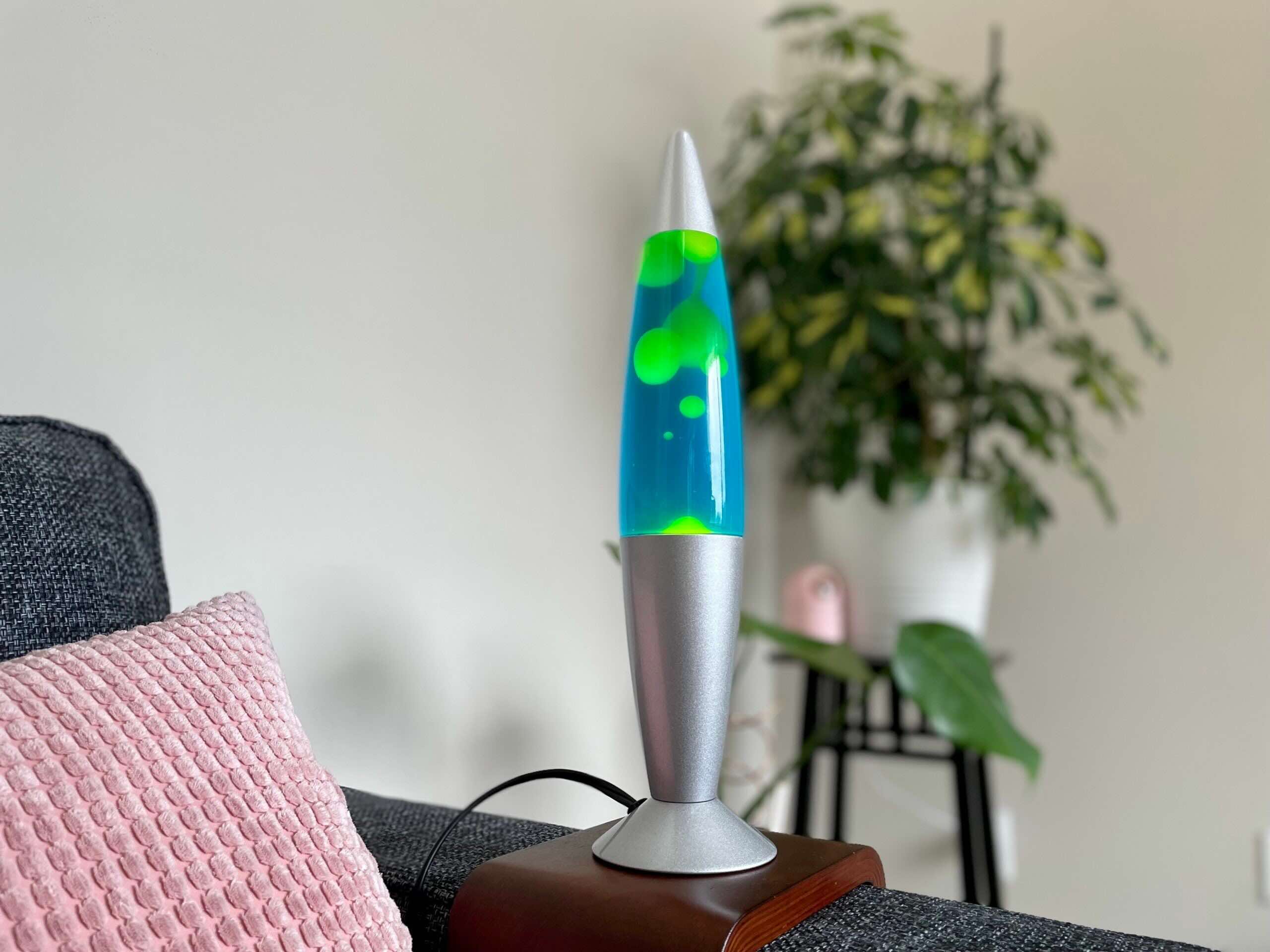

0 thoughts on “How Much Electricity Does A Hair Dryer Use”